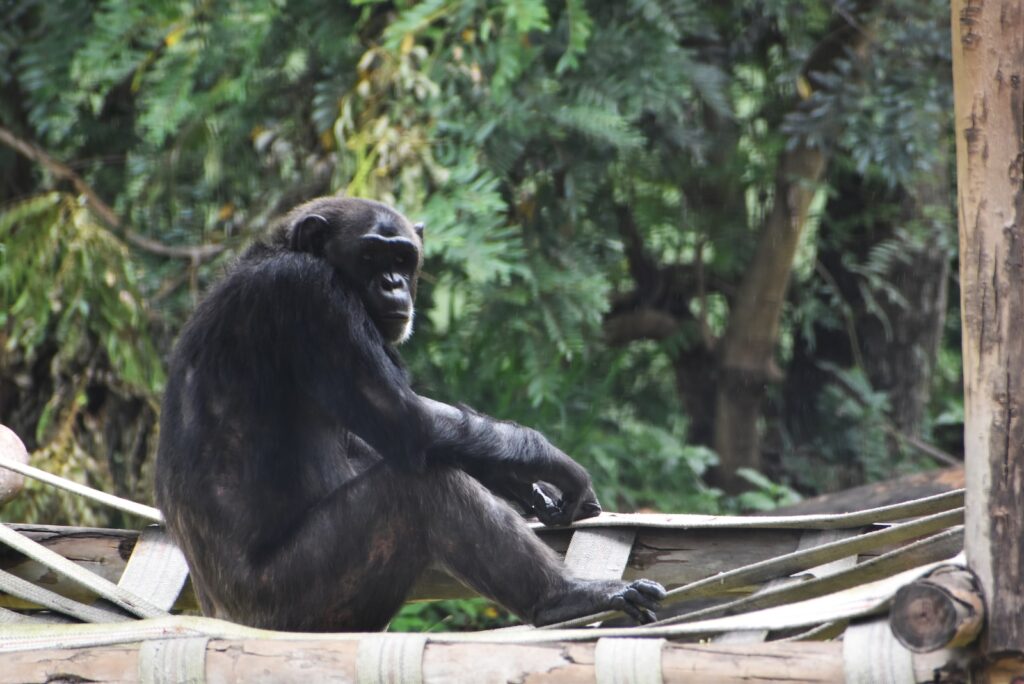Smarter Than You Think: The Surprising Genius of Animals
Humans fancy ourselves the smartest creatures on Earth thanks to superior intellect and advanced communication. But science increasingly shows we share the planet with intelligent animals in their own right. Beyond captivating pets, the animal kingdom harbors genius rivaling our own across metrics like analytical skill, social smarts and technical innovation.
By studying behaviors in the wild, researchers gain insight into the unexpected depth of creatures great and small. As we connect with species through conservation, their stunning wisdom also further reveals our kinship within the great tapestry of life. Join us as we explore five standout animal intellects that shatter assumptions – and mirror our own better nature in many ways.

Dolphins: The Brainy Marine Mammals
With their perpetual grins and playful nature, dolphins seem infused by childlike joy belying any profound intellect. But make no mistake – hidden beneath the surface dazzles one of the animal kingdom’s sharpest minds.
Equipped with advanced sonar, dolphin cognition tackles intricate analysis – processing echoes to pinpoint locations and objects. They then apply this mastery creatively, devising unique hunting tactics like stunning prey by slapping tails. Some even craft sponges onto noses preventing abrasions when scouring the seafloor.
Beyond tool usage, dolphins also recognize themselves in mirrors, communicate in distinctive whistling dialects and cooperate toward shared goals. Their large brains additionally handle emotion regulation and self-awareness levels akin to higher primates; the most intelligent animals.
Little wonder NASA once trained dolphins for deep space missions before budgets cut aquatic astronaut training. But these brainy marine mammals still contribute national service locating underwater mines today. Clearly with such analytical abilities, dolphins possess genius as an evolutionary adaptation – not mere playful pleasure.

Ravens: The Feathered Tricksters
From Poe’s iconic poem to Native folklore, ravens permeate mythological lore as omens of misfortune or even supernatural agents themselves. Science too confirms corvid family members like ravens and crows rank among world’s brainiest birds – with proportionate mental muscles matching great apes.
Field researchers admire raven ingenuity daily. Facing scarce food one winter, ravens utilized insight that moose foraging through snow uncovered buried plant life ravens couldn’t reach. By tracking moose movements from high branches, ravens timed swooping down to scavenge newly exposed snacks the moment moose stepped away.
Such adaptive feats combine observational skill, communication between flock members, understanding cause-and-effect plus visual-spatial mapping – all high cognition indicators. Ravens even hold “funerals” for dead comrades where learning social dynamics offers survival advantages.
Science acknowledges raven smarts through an avian IQ test assessing problem-solving. In lab trials, ravens manipulate tools to earn treats, plus show capacity for planning ahead not even demonstrated in great apes. Behind the black billowing wings lies a startling wisdom predating – and possibly exceeding – our own.

Chimpanzees: Familiar Family Bonds
Jane Goodall first awakened science to chimps’ human-like behaviors while pioneering field observation methods in Africa. Where previous scholars constrained lab animals for controlled tests, Goodall immersed alongside wild chimp communities. Her landmark 1960 discovery – chimps crafting grass blades to dip termite mounds for food – shattered perceived limitations on animal innovation.
Since then, expanding long-term fieldwork by Goodall’s team reveals extensive tool usage spanning many generations. Chimp mothers teach infants to meticulously groom twigs forming “fishing rods” extracting nutritious ants and marrow. Certain troops even crack nuts with hammer stones – a complex process passing down knowledge.
Like dolphins, chimps additionally pass the mirror test indicating a sense of self. Grooming and social patrolling strengthen complex relationships rivaling office politics. Communication infuses meaning across dozens of learned signals, calls and gestures. Some chimps can even associate words with objects on par with human toddler cognition.
Goodall’s intimate look inside chimpanzee life demonstrates deep emotional bonds not unlike our own. As conservation increasingly protects endangered populations, cross-species connection further highlights the intellectual intelligent animal’s complexity mirroring human societies over time.

Pigs: No Fools After All
Despite the pejorative phrase “pig-headed”, these creatures show Stratified thinking on par with cetaceans. Beyond livestock stereotypes lies sophisticated cognition that debunks assumptions.
In one study, 7 out 8 pigs used mirror reflections to locate hidden food. This level of self-directed analysis demonstrates advanced spatial information processing, plus capacity for future planning to solve problems.
Pigs additionally display complex emotional sensitivity, bonding with other pigs, recognizing individual humans and even showing empathy. The swine’s long-term memory for learned behaviors also surpasses dogs and primates in certain trials.
Such revelations speak to underrated intelligence evolved for survival purposes. We predominantly know only farm-bred specimens versus observing pigs’ full natural potential. Still, clearly there exists far greater mental richness than the barnyard mud baths we tend to envision.
What seperates mankind from the animals? As animal intelligence continues making headlines, less difference seems apparent in aspects like awareness, emotion and technical savvy. While no creature rivals humans’ full communicative abilities, science increasingly provides insight into the sophisticated cognition of species worldwide – bridge-building understanding as conservation efforts become more crucial.
Still the question remains: could any animal intellect ever truly approach our own? The answer lies shrouded perhaps, but truth emerges in the mystery itself – we actually understand very little of intelligence’s boundless complexity across lifeforms. Just as viewing foreign cultures can expand narrow perspectives, embracing the animal kingdom’s startling wisdom mostly further unveils the deep wellsprings from which consciousness itself flows through all creation.



